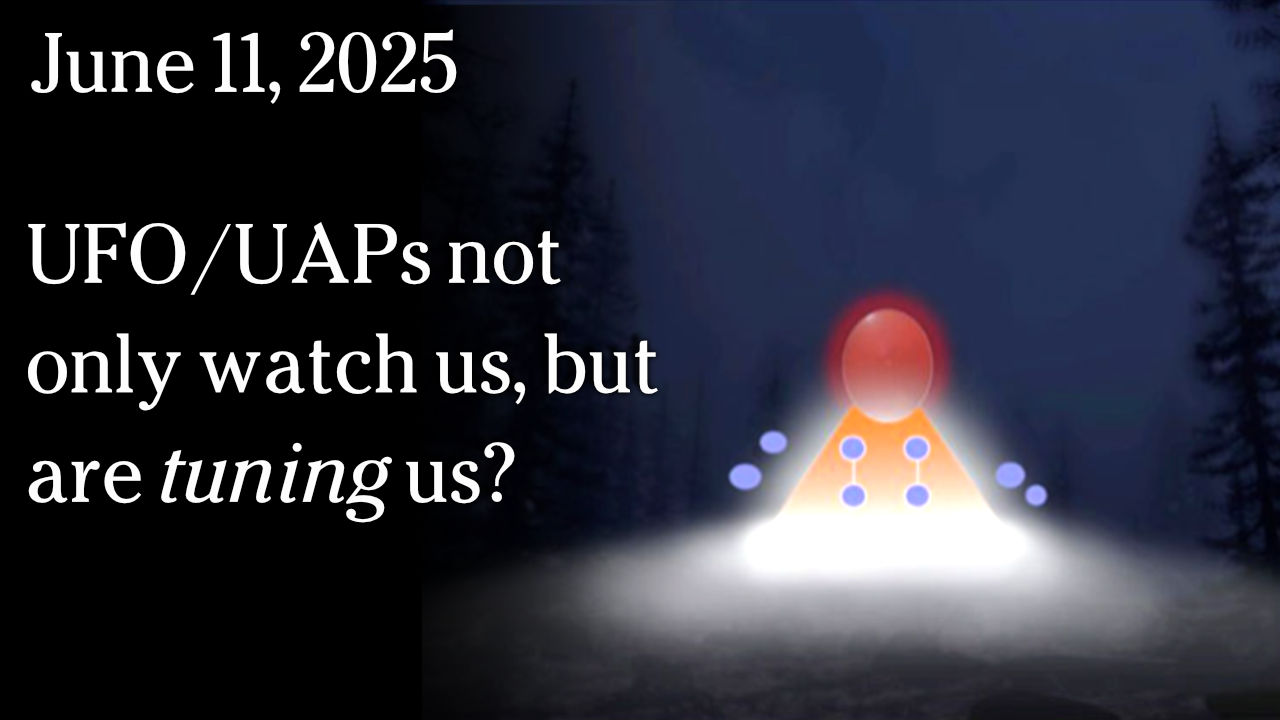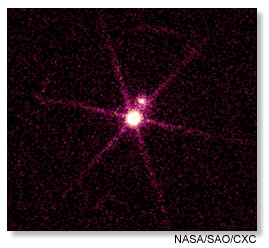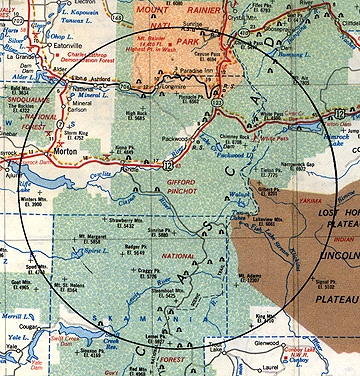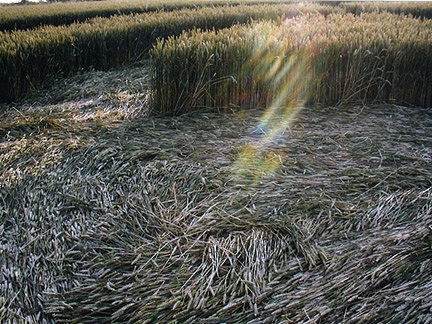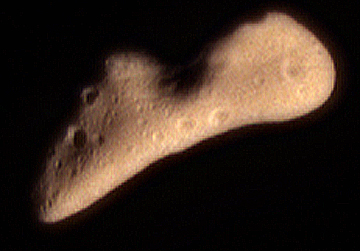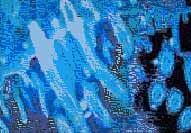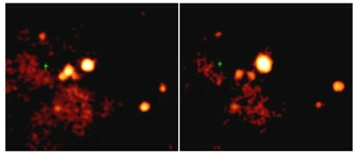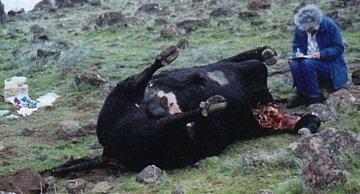
October 15, 2000 Grass Lake, Michigan - Since the 1950s, unusual deaths called “animal mutilations” have been reported around the world. Both domestic animals and wild game have been affected, especially horses and cattle. Ranchers and law enforcement have long been puzzled because animals are found with the same pattern of hide and tissue removed usually without blood from the head, sexual organs, and rectum. There are no signs of struggle or tracks around the dead animals, not even the animal's own tracks. That peculiar fact provoked law enforcement to wonder if perpetrators came in and out of pastures using aerial craft.
Click here to subscribe and get instant access to read this report.
Click here to check your existing subscription status.
Existing members, login below:



